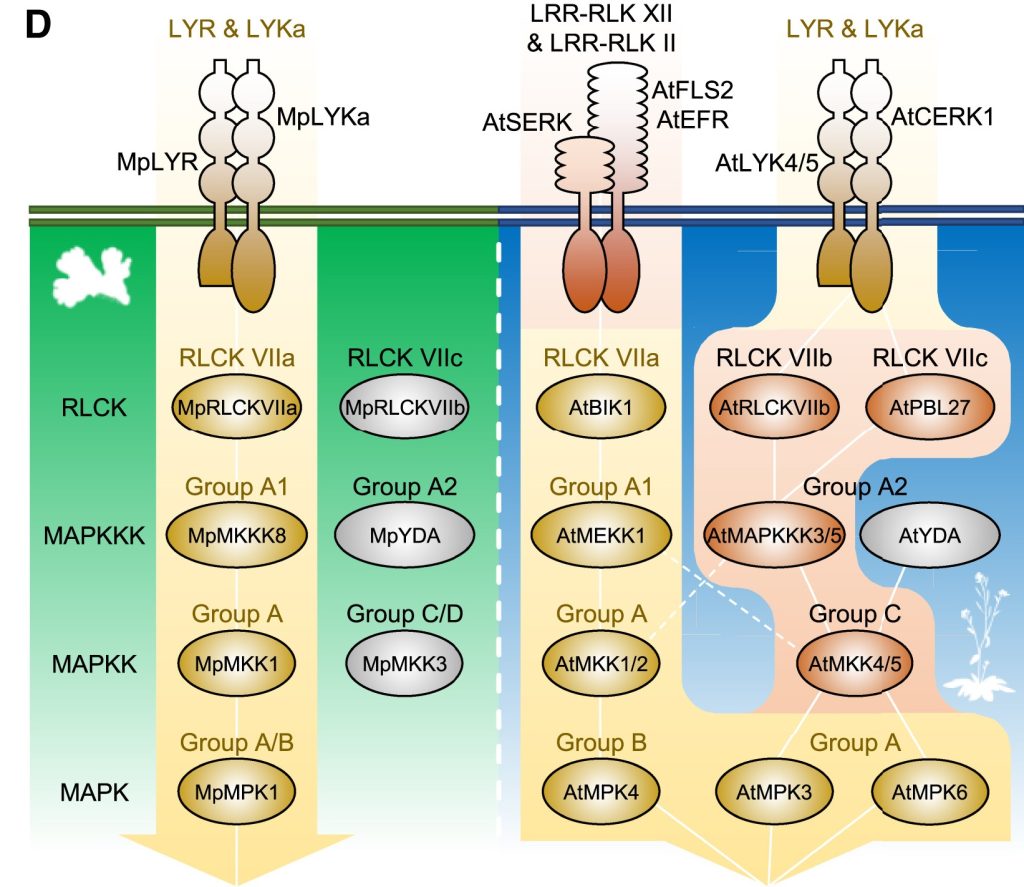
LysM-mediated signaling in Marchantia polymorpha and conservation of PTI in land plants
Plant Science Research WeeklyMarchantia polymorpha, the common (but adorable) liverwort, has earned its spot in the ranks of very important plant model systems, joining Physcomitrium patens as representatives of the bryophyte clade. Many systems first characterized in Arabidopsis and other angiosperms are now being studied in these…
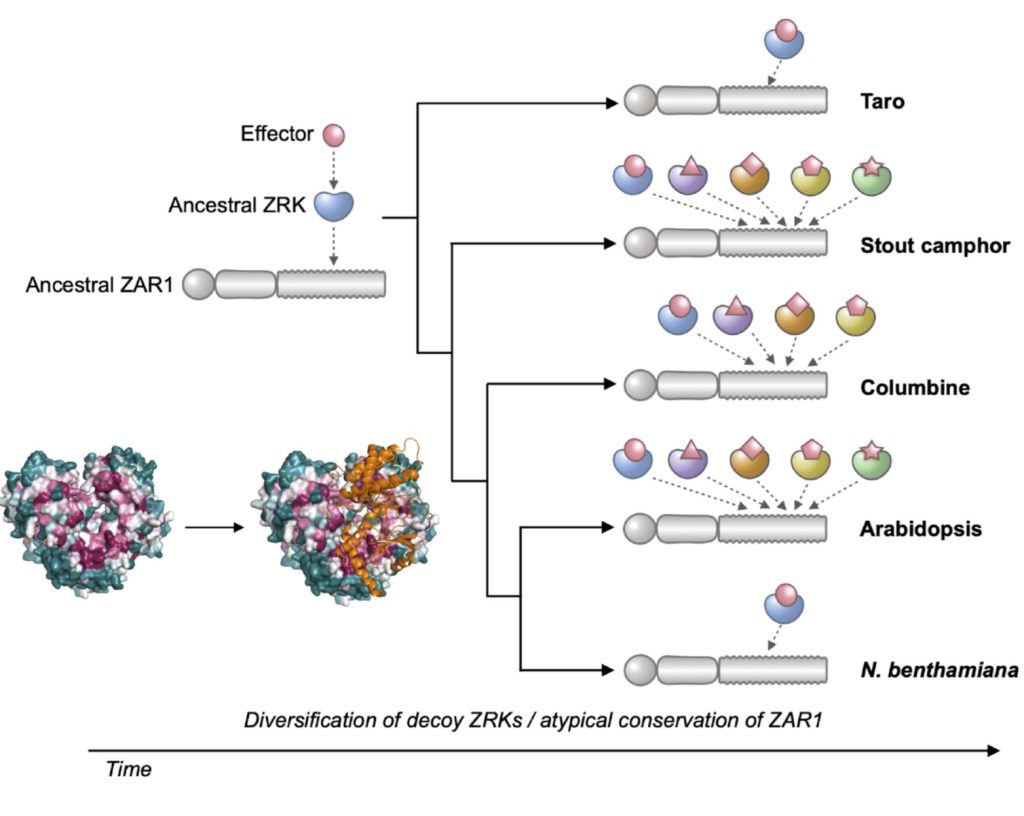
Jurassic ZAR; Insights from an atypically conserved immune receptor
Plant Science Research WeeklyIt’s a well-established fact that some proteins are highly variable across species, and others such as histones hardly vary at all. Highly conserved proteins such as histones have very little wiggle room in their structure; small changes can lead to a loss of function. However, for some other proteins…

Genome editing to enhance broad-spectrum disease resistance in rice without compromising yield
Plant Science Research WeeklyDeveloping broad-spectrum disease resistant crops without compromising the yield has been a persistent challenge in maintaining global food security. In a breakthrough study, Sha et al. developed a promising multi-pathogen resistant rice mutant that retains the crop’s yield, using forward genetic screen…
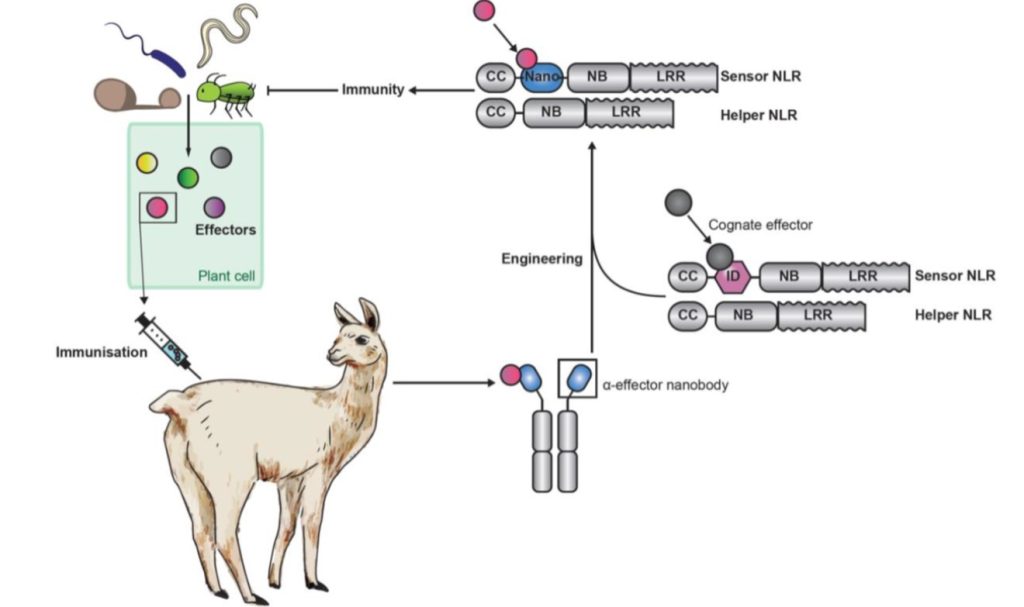
Bioengineered “pikobodies” confer plant disease resistance
Plant Science Research WeeklyThe vertebrate adaptive immune system is truly an evolutionary marvel. With its ability to mix-and-match segments of immunoglobulin genes, a nearly unlimited diversity of antigens can be recognized. Plants lack this ability, greatly limiting the number of antigens (and pathogens) any individual can recognize.…

tter gourd protein for defense against plant viral diseases
Plant Science Research WeeklyBitter gourds (or bitter melon) have been a childhood nightmare of mine. I remember that as a child, my grandparents used to force me to consume these really bitter gourds (Momordica charantia) telling me that they had ‘many benefits’. In addition to being a rich source of antioxidants, M. charantia…

Boosting plant disease resistance through epigenetics
Plant Science Research WeeklyIncreasing plant resistance to specific pathogens through genome editing is a very active branch of crop engineering. In a recent paper, Veley et al. propose to edit the epigenome to boost resistance to cassava bacterial blight by increasing the levels of DNA methylation at specific sites, while leaving…
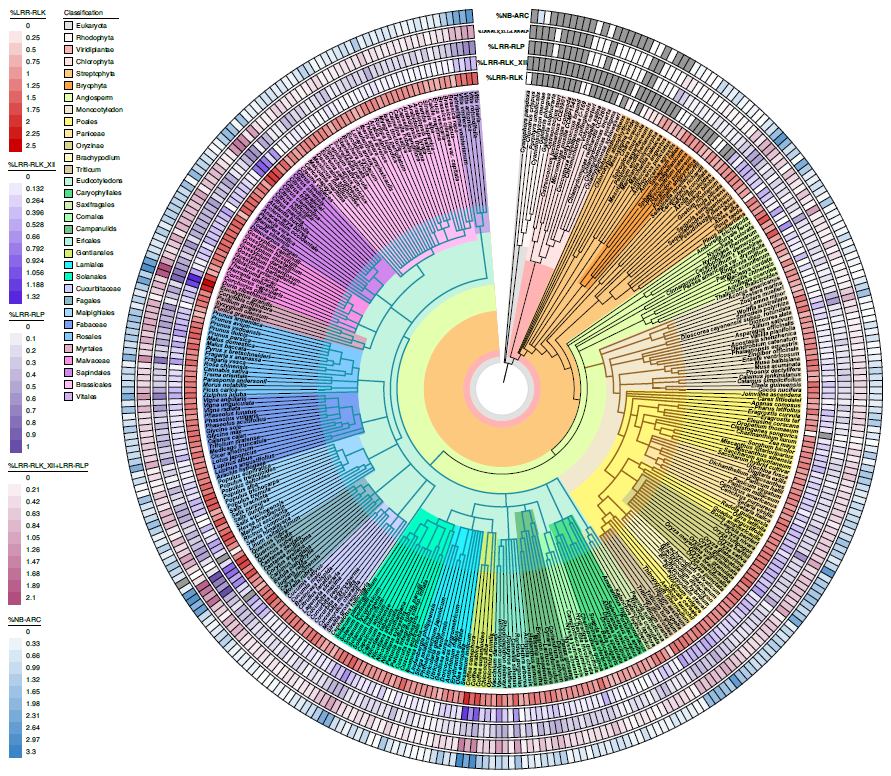
Concerted expansion and contraction of immune receptor gene repertoires in plant genomes (Nature Plants)
Plant Science Research WeeklyPlant immunity is crucial for adaptation to pathogen attack and subsequent survival. Two systems support plant immunity. Cell-surface pattern-recognition receptors (PRRs) recognize pathogen-associated molecular patterns (PAMPs) and prompt pattern-triggered immunity. Intracellular nucleotide-binding leucine-rich…
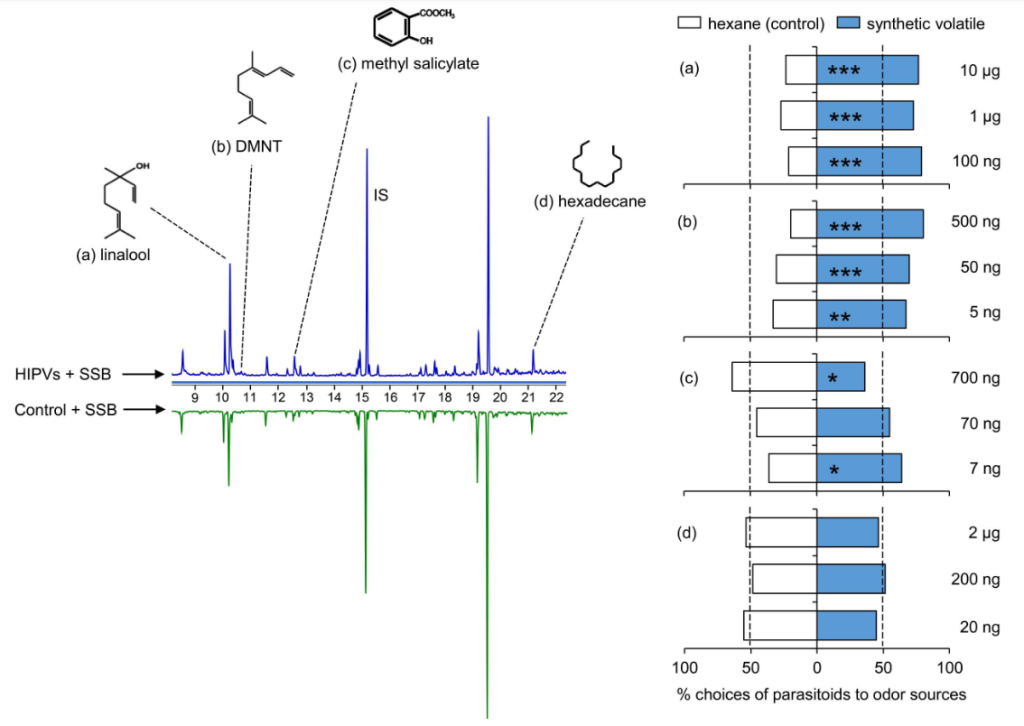
Stemborer-induced rice plant volatiles boost direct and indirect resistance in neighboring plants (New Phytol)
Plant Science Research WeeklyHerbivore attack can trigger release of volatile organic compounds (VOCs) in numerous plant species. These airborne compounds from an infected plant act as messengers in plant-plant interactions causing adaptation to the stress in adjacent plants. Globally, rice is a staple food for millions of people,…
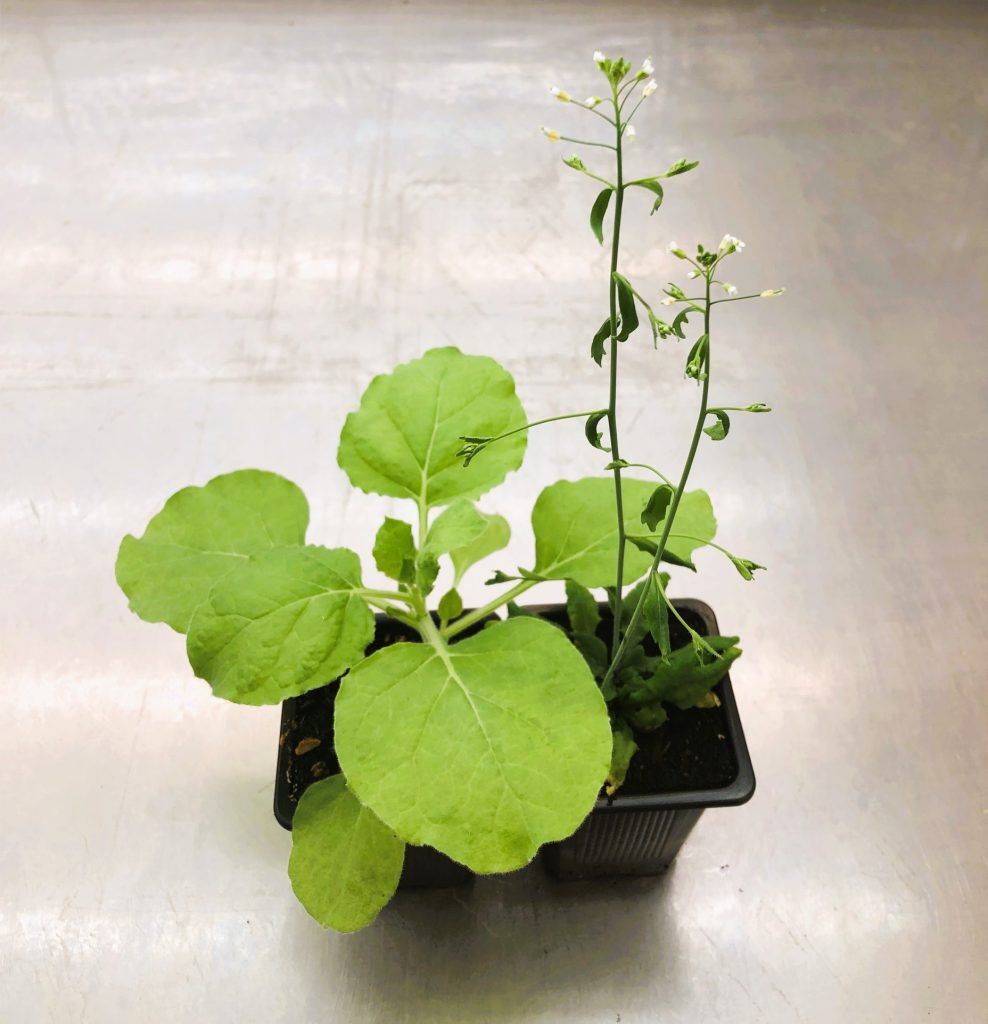
Plant immunity is wired differently in different plants (New Phytol)
Plant Science Research WeeklyIn plants, microbial invasion is sensed by membrane-bound and cytoplasmic receptors. Our knowledge on the immune signaling that follows microbial recognition is mostly derived from studies on Arabidopsis thaliana. In this plant, receptor activation triggers immune responses that are distinct for each…

